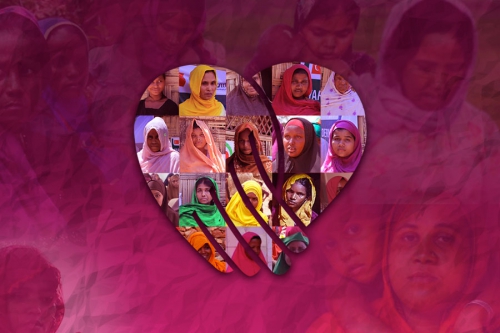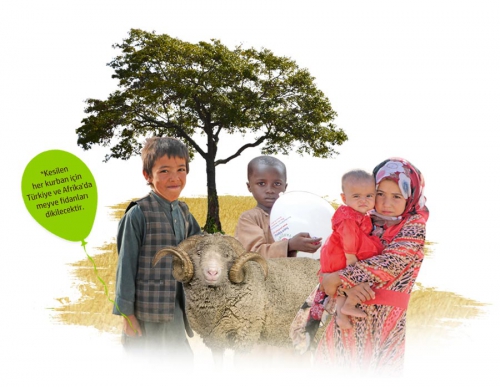-
Kadın Hijyen Paketi Projesi ile Afrika ve Asyalı k
"Avrupa'daki tüm Kadınlara Çağrımız", bu bir kadın dayanışma projesidir.
25.11.2022 Details -
Kurbanlar Kardeşliğe, Fidanlar İnsanlığa | Kurban
Günler hızla birbirini kovaladı ve Mübarek Kurban Bayramına sayılı günler kaldı.
22.06.2021 Details -
Ramazanın bereketini dünyanın dört bir yanına ulaş
Ayların sultanı Ramazanı Şerif, rahmetiyle, bereketiyle, sevinç ve mutluluğu ile geldi ve gitti…
12.05.2021 Details
In Somalia, drought affects at least eighty percent of the country
In Somalia, drought is affecting at least 80 percent of the country, according to a United Nations statement.
The United Nations (UN) Office for the Coordination of Humanitarian Affairs (OCHA) has warned that the already difficult humanitarian situation in Somalia could be exacerbated by a new drought. At least 80 percent of Somalia is facing drought conditions, according to the statement.
More than 3.4 million people could be affected
April October 2020-April 2021 due to drought in Somalia, approximately 116,500 people were forced to emigrate within the country. At least 3.4 million people could be affected by drought conditions. 380 thousand of these people are expected to be displaced.
In some parts of the country, rainfall is below average, although Gu rains have begun.
Access to clean water will become difficult
Water shortages will make access to clean water difficult. The cost of water in some areas will rise by 60 percent. All of this will force unprotected people to travel long distances to access clean water. Throughout Somalia, problems in hygiene practices and diseases in animals increased, grasslands were depleted. Because of these troubles, the shepherds forced their animals to feed with their hands with Native-produced grains. This, in turn, will lead to a 30 percent increase in grain prices.
Places hardest hit by drought
Somalia's Autonomous Region Somaliland, Puntland province, central regions and Gedo region are the worst affected by the drought. The statement warned that drought conditions would be the main cause of migration and infectious diseases unless mitigating support was urgently provided.


